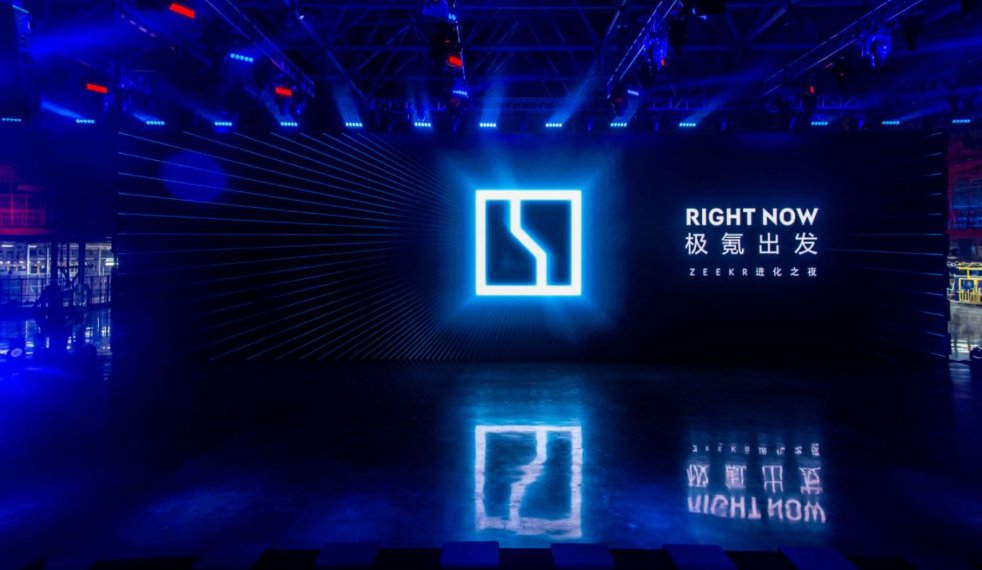This article is reproduced from the Autocarweekly WeChat official account
Author: Finance Street Old Li
Last night, Xpeng released its first mass-produced model, Xpeng P7, covering three models including the WE version and the YOU version, with prices ranging from RMB 281,000 to 360,000 (retail price after national subsidies). Users who place orders before July 31 can enjoy a discount of RMB 5,000 to 20,000, equivalent to an official discount of RMB 15,000. Therefore, the entry price of Xpeng P7 has reached RMB 266,000 to 345,000.
After much anticipation, with the announcement of its price and product performance, the position of Xpeng P7 in the industry has gradually become clear: firstly, Xpeng P7 has activated the 250,000-350,000 yuan smart electric vehicle market and improved the product power of the segmented market. Whether it is the stable Model 3 or the new darling of the market, Mach-E, the appearance of Xpeng P7 has formed a benign competition mode in this camp; secondly, Xpeng P7 enriches the options of smart electric vehicle users. In the past, there were few electric car brands to choose from for users, such as Tesla and NIO, but the release of Xpeng P7 provides users with new choices; thirdly, Xpeng is a milestone in the development of the smart electric vehicle industry. Understanding Xpeng today is like understanding Tesla, Meituan, or Didi ten years ago. It can be said to be a microcosm of the new economy.
Looking from different angles, Xpeng appears differently, with different perspectives and focus points. However, everything remains the same at the core, and any industry cannot survive without the three perspectives of industry, capital, and users. I have worked in these three areas, so let’s talk about why Xpeng is so different with these three perspectives overlapping.
The Third Path of Smart Electric Vehicle Development During Dumbbell Economy
At last night’s launch event, Xpeng CEO He XPeng mentioned: “Xpeng is different from traditional car-making and new forces. It represents the rapid evolution of smart pure electric, and the third path to the development of pure electric.” Compared with the subsequent impressive product and tempting prices, this sentence may not have attracted much attention, but it is precisely this third path that demonstrates Xpeng’s insight and imagination. In broader terms, Xpeng is following the logic of Chinese economic development, finding a new path for the development of smart electric vehicles during a time of fierce competition.
Speaking of the Chinese economy, Zhang Lei of Hillhouse Capital proposed the famous “dumbbell theory”, which means that in the current industrial revolution, the transformation of traditional economy and the penetration of innovative economy are the two most important forces, just like a dumbbell, with one end representing tradition and the other representing innovation. Imagine if the traditional economy and the innovative economy break through their boundaries and merge with each other, it will evolve into a chemical reaction that generates huge energy and forms great economic benefits.The key to this chemical reaction is finding the most dynamic catalyst. Once the enterprise has found the catalyst, it can instantly activate both ends of the dumbbell, becoming the organizer and coordinator of tradition and innovation, combining the long-term accumulation of traditional industries with the advanced breakthroughs of the innovation field, and forming a new force that shapes industrial transformation, continuously creating value for the industry, enterprises, and users.
For more than a decade, the domestic cutting-edge industries have been developing around the dumbbell theory, such as Meituan’s online and offline, Didi’s online and offline. Essentially, they combine traditional offline models with innovative online models to generate economic benefits. The intelligent electric vehicle industry is also the same. It is precisely because of the dumbbell theory that leading institutions such as Hillhouse and GGV Capital have continuously increased their investments in innovative companies such as NIO, IDEAL, and XPeng.
In the automotive industry, traditional car companies are the traditional economy on the left side of the dumbbell, with mature foundations and large scale, but lack growth potential. Traditional car companies need to approach innovation, promoting digital upgrading. It should be noted that the transformation of traditional car companies is not a subversive change by new forces, but a continuous iteration towards better cost, higher efficiency, and closer to users, creating new value increments under the existing enterprise profit scale.
New forces are representatives of the innovative economy on the right side of the dumbbell, and Tesla and NIO have extended new directions of automotive development (electrification, intelligence), and matched resources (enterprise internal and external ecology) in a more targeted way, capturing and responding to user needs (user interaction methods), creating a new form of the automotive industry. New forces also have disadvantages, such as weaker business foundations, insufficient R&D capabilities, and unstable product output. Therefore, new forces such as Baidu and Xiaomi also seek cooperation with traditional car companies and actively integrate into the left side of the dumbbell.
The relationship between traditional enterprises and new forces is not one of subversion, but of harmonious reconstruction. Whoever can grasp this opportunity may release tremendous energy and generate economic benefits.
Geely is the catalyst for traditional and innovative industries. It not only has the ability to efficiently integrate the most valuable resources in the traditional industry ecology, but also, along the line of innovative economics, ensures the purest user thinking in an open way, becoming the organizer and coordinator of tradition and innovation. From this perspective, the “Geely Model” does create a third path for the intelligent electric vehicle industry around the dumbbell economy.
What value does Geely create for the industry, enterprises, and users? In short, it relies on the large-scale technological ecosystem of Geely to create industry benchmark products and establish a new type of user ecology based on innovative and open thinking.
WE and YOU, Simple but Not Simple.From the perspective of market information, JIKE 001 is indeed aimed at the industry benchmark, but it must also face many international competitors. JIKE 001 is divided into WE version and YOU version. The WE version includes two models: long-range dual-motor version and ultra-long-range single-motor version, with a price of 281,000 yuan. The YOU version is an ultra-long-range dual-motor version with a price of 360,000 yuan. Users who place orders before July 31st can also enjoy an additional discount of 15,000 yuan for each version.
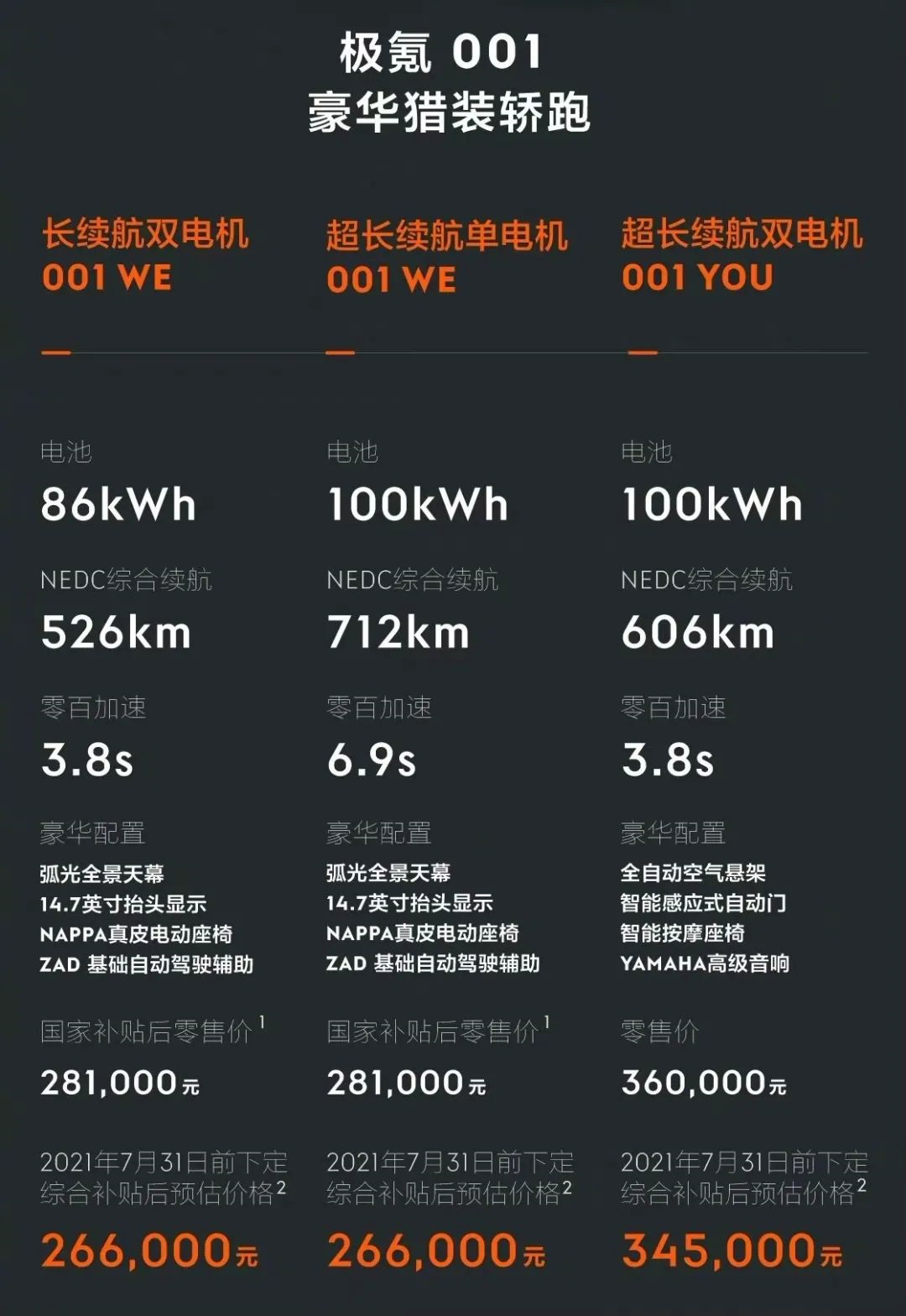
The JIKE 001 products look very simple, but upon closer analysis, every product is unique. The two models of the WE version can respectively satisfy users who pursue range and acceleration. They have obvious differentiation advantages with their technical parameters and product prices compared to competitors.
The long-range dual-motor model demonstrates excellent acceleration performance, is equipped with a high-performance permanent magnet twin-motor electric drive system, with a maximum power of 400 kW, a maximum torque of 768 N・m, a 0-100 km/h acceleration time of 3.8 seconds, and a 100 km/h braking distance of 34.5 meters. All these parameters are quite impressive.
It is worth noting that the Model 3 Performance high-performance all-wheel-drive electric vehicle only has a maximum power and torque of 339 kW and 639 N・m, and its price of over 300,000 yuan is far higher than that of JIKE 001; market darling Mach-E also has some differences in performance and price compared to JIKE 001.
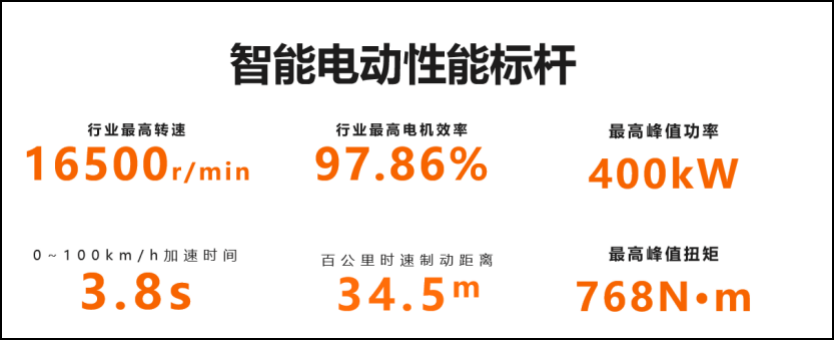
The ultra-long-range single-motor model exhibits the endurance capabilities of JIKE 001, equipped with a 100 kWh battery and an NEDC comprehensive range of 712 km, priced at only 266,000 yuan, with a very obvious price advantage compared to other vehicles. The long-range rear-wheel-drive version of the smaller Model 3 is priced at 309,900 yuan, and its NEDC range is only 668 km. The price of the Xen P7 rear-wheel-drive ultra-long-range intelligence version is as high as 276,900 yuan, but the JIKE 001 performs better than P7 in the same product configuration.
If you want both high-performance and long-range, then the YOU version is definitely for you. The ultra-long-range dual-motor model of the YOU version is a combination of the two models of the WE version, which guarantees both acceleration and endurance. The large battery also guarantees a long range. Furthermore, it comes with standard features like fully automatic air suspension, induction automatic door, seat massage and YAMAHA sound system, all at a price of 360,000 yuan, which is not surprising.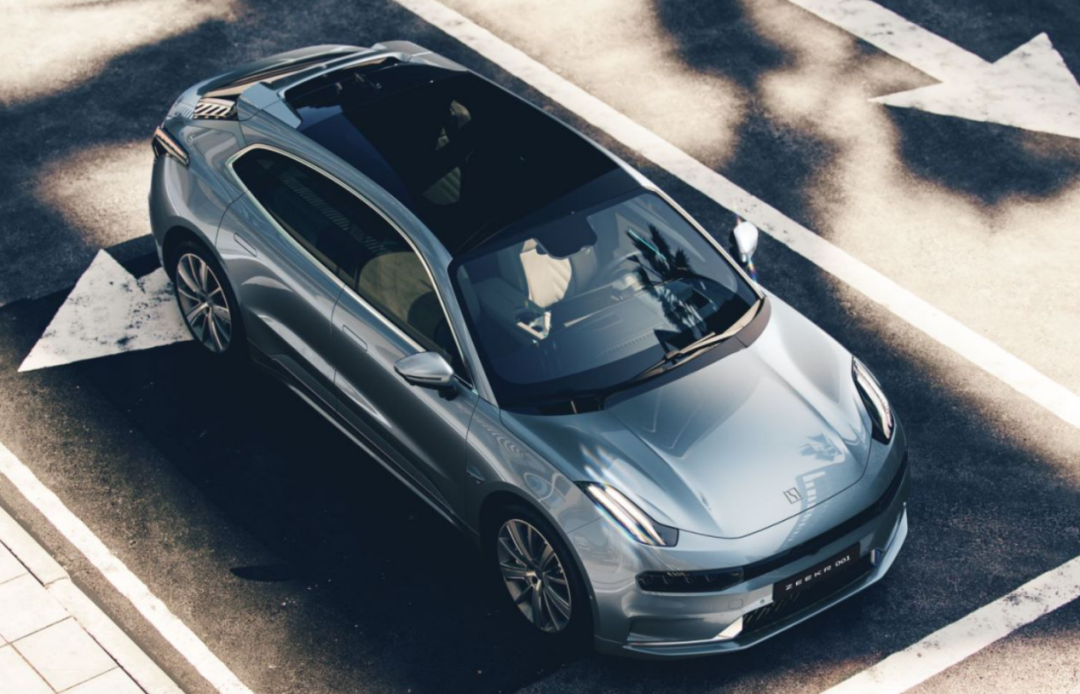
The actual strength of a product is visible when comparing it to the new forces. Geely Holdings has accumulated a deep industrial foundation and global advantageous resources in the 35 years of development since its establishment. It is this accumulation that has given it the courage and confidence to make changes.
For example, the Geely Zeekr 001 is equipped with Ningde Times’ single-crystal high-voltage NI55+ battery, with a package energy density of 177 Wh/kg after CTP integration. The power battery supports a maximum of 360 kW super-fast charging at the vehicle end, 10 kW higher than Tesla’s supercharging station. It can be charged for 5 minutes for a driving range of 120 km, and only takes 25 minutes for 30%-80% charging, 16% faster than the industry average.
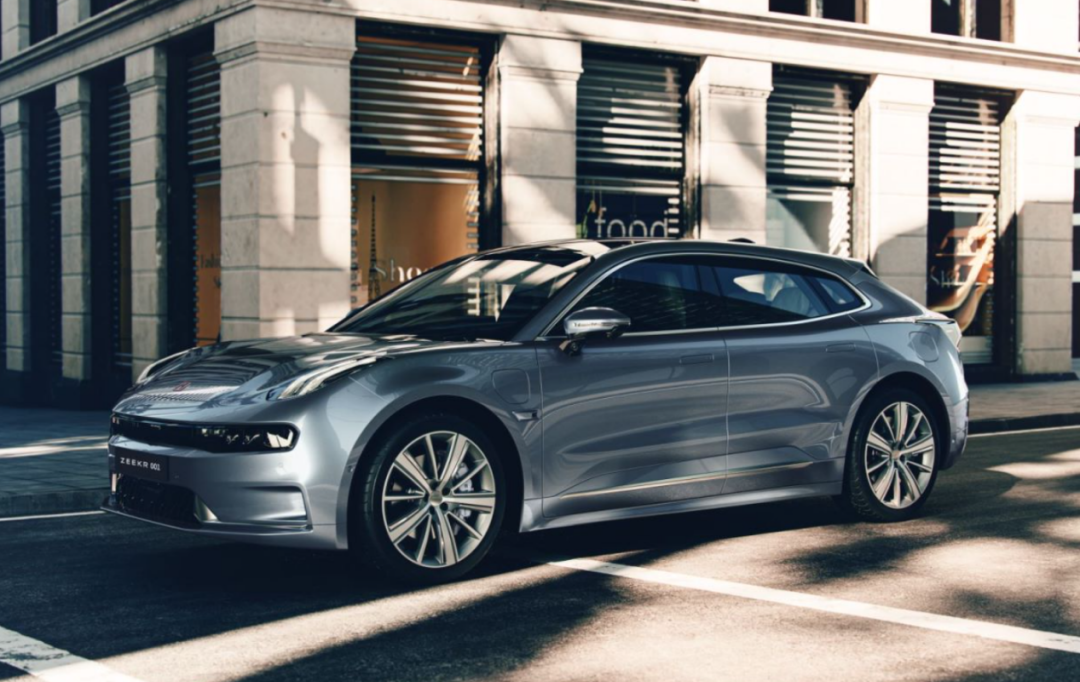
Such excellent battery performance often requires the original equipment manufacturer to have strong technical accumulation, especially in terms of battery precision control, environmental requirements, production line layout, and large equipment procurement. Geely Zeekr joined forces with Ningde Times to implement these technologies.
From this perspective, the advantages of manufacturing giants compared to start-up companies are still fully reflected, whether it is in terms of manpower input, project funds, equipment research and development, mass production introduction process, or production management, they are all proficient.
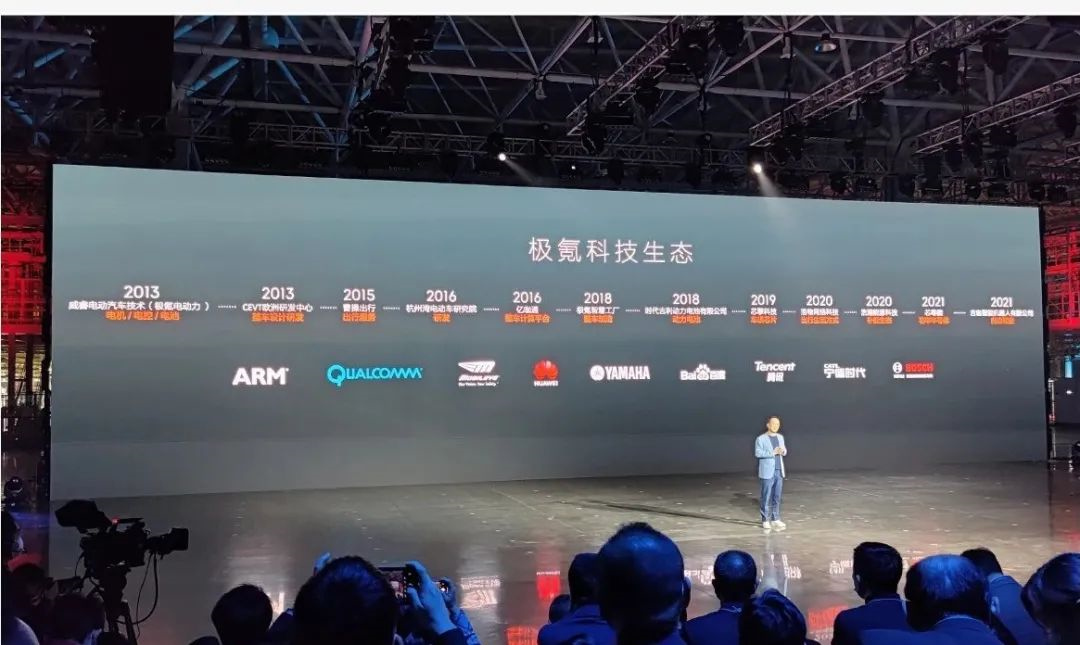
This kind of collaborative innovation effect is more significant in the vast architecture. The vast architecture is the mother of Geely Zeekr’s brand models, which breaks through the boundary between the company and the user with a huge industrial cluster and innovative organizational form, allowing Geely Zeekr’s evolution to continue. The Geely Zeekr 001 integrates the air suspension, CCD electromagnetic shock absorber, steering system, and electric drive system into an intelligent organism through the integration and control of the chassis domain, realizing full-scale digital integration control and evolutionary upgrade through OTA.
Focusing on the demand for intelligence, Geely Zeekr 001 is equipped with the ZEEKR AD full-scenario highly automated driving system. From the world’s first 7 nm process Mobileye EyeQ5H high computing power automatic driving chip to the eagle-eye visual fusion perception system with 8 million pixel resolution, 250-meter ultra-long detection distance, and sub-centimeter high-precision map, to the new “bone recognition” technology based on cross-vision fusion algorithm platform, the vast architecture integrates the industry’s advanced hardware and algorithm, realizing full-scene identification and prediction of China’s road conditions, greatly improving the automatic driving safety of Geely Zeekr 001.## Initial aspiration, evolution, and no “final destiny”
The success of GigaKorea’s products stems from the accumulation and iteration of technology in the technology ecosystem, and its new user ecosystem is inseparable from GigaKorea’s long-termism. Long-termism is a phenomenal concept in the investment field in recent years, and there is a popular saying – being friends with time.
No entrepreneurship can be successful overnight. If we persist in not looking for short-term gains and always regard creating value for users as the core goal of the enterprise, then returns will be the natural result after these things are done, that is, long-termism.
The automotive industry is the same. Whether it is the wave of private enterprises making cars in the past or the wave of new forces in recent years, every entrepreneur is facing unknowns when leading the company to find the direction of car-making, and successful entrepreneurs can always see the long-term value brought to users without being confused by the present. Li Shufu in 1999 or Li Bin in 2019 are both like this. This is the initial aspiration of entrepreneurs.
An Conghui often emphasizes internally that GigaKorea is starting a business every day. In the era of rapid change, GigaKorea adheres to the initial aspiration of creating value for users, and through continuous evolution of user needs and creativity, it has built a new type of user relationship from providing services, simple interaction, to real participation and co-creation, from benchmarking the world’s top automotive companies to benchmarking user expectations.
At last night’s press conference, GigaKorea announced that it will take out 4.9% of equity to support co-creation in the highest form of the enterprise, and encourage users to participate in the development of GigaKorea. For GigaKorea, users are friends, colleagues, and co-creation partners.
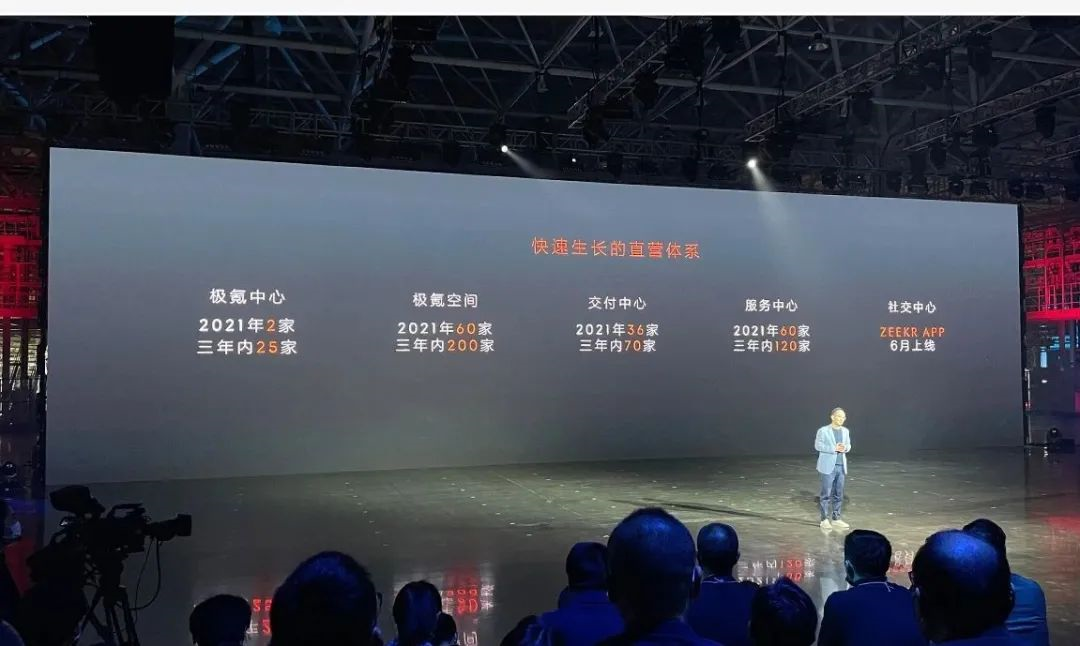
To build a new type of user ecosystem, GigaKorea will quickly establish a direct sales system, including the trendy GigaKorea center, nearby GigaKorea space, exclusive delivery center, professional service center, and online social center. According to the plan, in 2021, GigaKorea will open 2 GigaKorea centers, 60 GigaKorea spaces, 36 delivery centers, and 60 service centers nationwide, and the social center ZEEKR APP will also go online. In the future, these numbers will also rapidly expand, achieving national network coverage.
An Conghui, CEO of GigaKorea, also announced that in order to achieve the ultimate user experience, GigaKorea will build its own zero-stress charging and energy supplement service system. In 2021, GigaKorea will complete the construction of 290 charging stations and 2800 charging piles. It is expected that by the end of 2023, the cumulative number of GigaKorea charging stations and charging piles will reach 2,200 and 20,000, respectively. The GigaKorea charging map not only includes self-built piles but also third-party public charging networks. With the expansion of the charging layout, it will achieve full-scene coverage of energy supplement for users on the road and at home.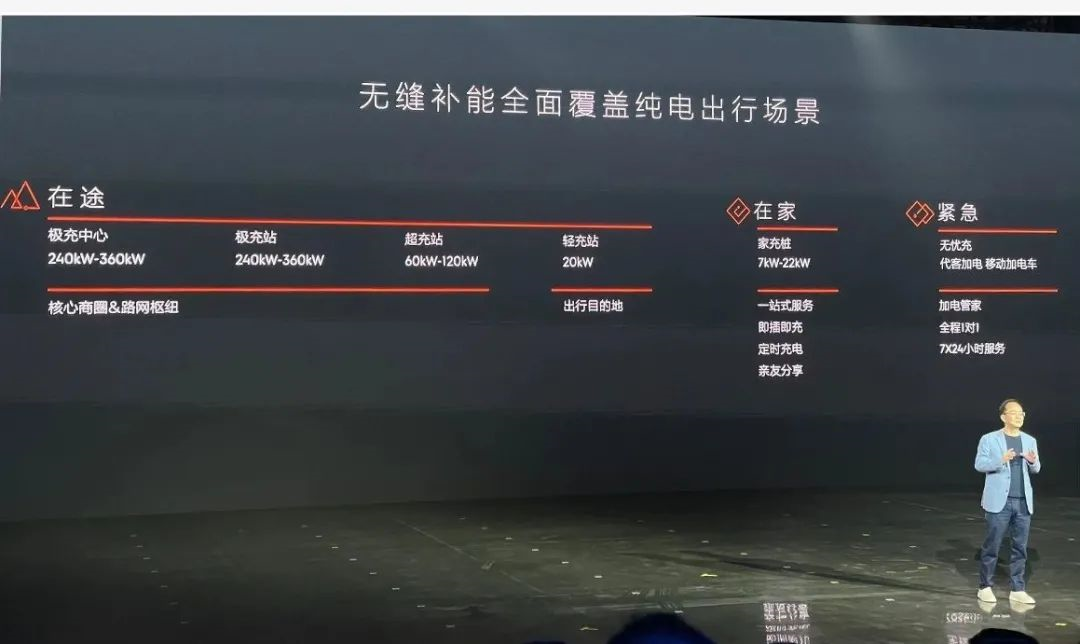
You may wonder why Jinkela created the third lane of this industry instead of other enterprises. This is a good question. Perhaps, in the near future, there will be similar enterprises like the second or third one emerging. However, just like the four seasons, which change independently of human will from spring, summer, autumn, to winter, from the rapid growth of early entrepreneurship to the self-evolution of the climbing process, these are all iterative processes.
Jinkela has no concept of an “endgame” and always stays one step ahead. In layman’s terms, when other enterprises are still playing the “preliminary match,” Jinkela is already thinking about the “grand final.” When everyone gets the “grand final” ticket, they are thinking about the next stage of the game.
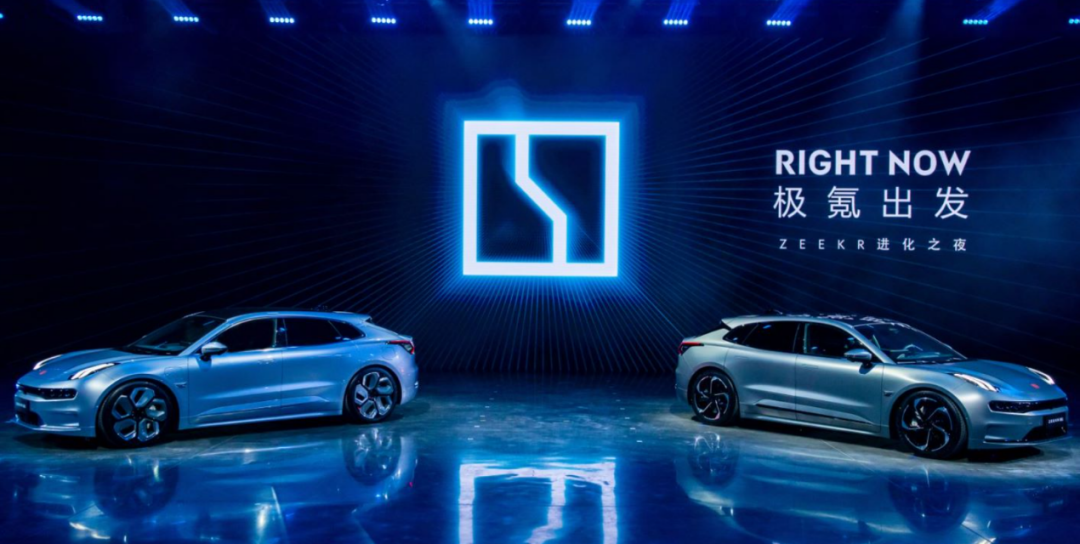
From a brand-new brand, to the first heavyweight product, to the trendsetting lifestyle beyond expectations, Jinkela is using practical actions to interpret the brand vision. Based on the vast SEA intelligent evolution experience architecture, Jinkela will launch at least two new products every year for the next three years, bringing users a brand-new experience of extreme travel with more outstanding and unique products.
Starting with luxury intelligent electric cars, Jinkela is also paying attention to broader future travel needs. The Jinkela travel robot (ZEEKR Robot), which was launched with the Jinkela 001, will officially enter the market in 2024, providing disruptive travel experience to global travel partners and users. With its strong technological strength and innovative business model, Jinkela will provide new explorations for the four new changes in the automobile industry and changes in consumer travel. This is a company without an “endgame”.
This article is a translation by ChatGPT of a Chinese report from 42HOW. If you have any questions about it, please email bd@42how.com.
